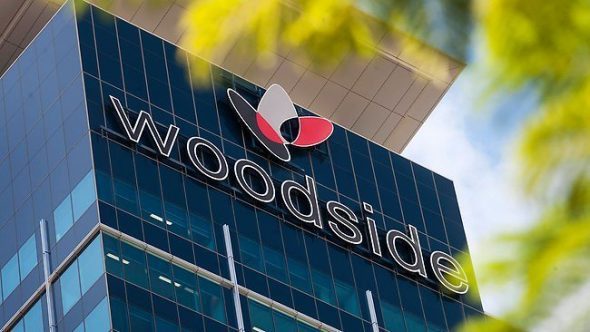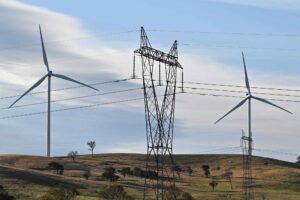Acitivists say they are “dumbfounded” by the Western Australian government’s decision to approved gas giant Woodside’s proposal to reduce emissions to net zero by 2050, saying the plan will allow the company to more than double its emissions, first.
The plan, which targets a 30 per cent emissions reduction by 2030, was a condition of being granted the right to expand the facility, which processes gas extracted from the Pluto, Xena, and proposed Scarborough gas fields off the coast of Western Australia.
But today’s announcement glides over the fact that the expansion of Pluto LNG will double the facility’s existing direct and scope 2 emissions – meaning the gradual reduction of emissions follows an initial rapid increase.
The 30 per cent reduction is off a starting point of 4.1 million tonnes of carbon dioxide equivalent. That’s more than double the facility’s current emissions of around 1.8 MtCO2-e.
The announcement made no mention of scope 3 emissions and did not make clear whether fugitive methane emissions were counted in the “net zero” promise. Woodside sold the plan as being designed “with a low-carbon future in mind”, next to a photograph of somebody planting a tree.
Of the emissions the plan does include, Woodside says it will rely in part on carbon offsets such as tree planting.
When Woodside’s proposed Scarborough gas field is up and running, one report estimates the methane gas it contains, when burnt, will add an extra1.6 billion tonnes of fossil CO2 to the atmosphere over its life time.
That’s additional CO2 the atmosphere cannot afford to hold if global temperatures are to remain at safe levels – and Woodside’s “net zero” plan has nothing to say about those emissions.
Currently the existing Pluto LNG plant processes gas from its Pluto and Xena gas fields off the coast of Western Australia. Woodside plans to extend the plant to process gas from the proposed Scarborough gas field, via a new 430 kilometre pipeline.
As a condition of approval for the expansion plans, the Western Australian government required Woodside to produce an emissions reduction plan.
The plan, released today, promises to reduce emissions from the operations by 30 per cent by 2030, rising slowly to 100 per cent by 2050.
The emissions it counts would include operational emissions, both direct and from electricity, but would not include the scope 3 emissions – that is, the CO2 emissions created when Woodside’s customers burn the gas. These are by far the most significant emissions.
The plan would include offsetting all “reservoir carbon dioxide” emitted into the atmosphere during extraction and processing. However, it made no mention of fugitive emissions of methane also released into the atmosphere during the extraction process.
WA Environment Minister Amber-Jade Sanderson said the plan was “in line” with the McGowan government’s greenhouse gas emissions policy for major projects.
“This is a significant advance in management of greenhouse gas emissions for this important project, committing both the existing and new trains to reduce emissions by 30 per cent by 2030 and set a clear trajectory towards achieving net-zero by 2050,” Sanderson said.
Activist group the Australasian Centre for Corporate Responsibility (ACCR) said it was “dumbfounded” by the plan, which would double gas production at Pluto LNG and bring annual scope 3 emissions to 29 million tonnes of CO2 equivalent by 2026.
“Woodside’s claims that it is reducing carbon emissions, when in fact it is actually doubling its emissions at the Pluto LNG facility, is a feat of mental gymnastics that only Woodside could muster,” said the ACCR’s head of climate and evironment Dan Gocher.
“The emissions data disclosed in Woodside’s Greenhouse Gas Abatement Program for Pluto LNG is nothing short of eye-watering. This project will severely damage Australia’s and Western Australia’s ability to meet their already weak 2030 emissions reduction targets.
“Woodside’s targets do not address the much larger issue of Scope 3 emissions, ignoring the demands of half of its shareholders to take responsibility for the emissions from the gas it sells.”










